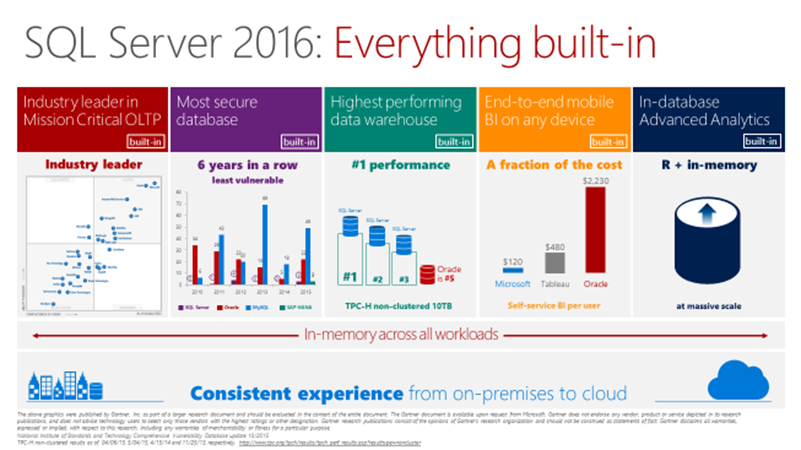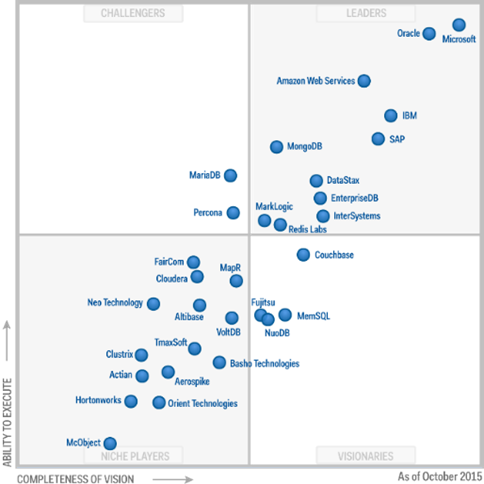Back on the mat
By Craig Clayton – Technical Solution Professional.
I recently went back to Brazilian jiu-jitsu after a lay off due to injury (due to old age!). BJJ is a ground based martial art that "promotes the concept that a smaller, weaker person can successfully defend against a bigger, stronger, heavier assailant by using proper technique, leverage, and most notably, taking the fight to the ground, and then applying joint-locks and chokeholds to defeat the opponent" . For more details, see: https://en.wikipedia.org/wiki/Brazilian_jiu-jitsu.

Whilst learning the art, you get lots of opportunities to try the techniques in live "rolling" or sparring, with the objective to try and submit your opponent, or get them to 'tap out'. This can be quite disheartening when you first start and when you subsequently roll with more experienced team members, as you spend a lot time tapping out! However, this forms the rights to passage - where it all adds to the learning and development of your skill, ability and style.
This Journey reminds me a lot of SQL Server's journey against Oracle. The years of being submitted by the more experienced player, over and over again. But, instead of the SQL Server product team giving up and accepting the product's level, it only toughened the team's resolve. Focusing on the weaknesses and limitations within the product, coupled with leveraging the natural attributes of Microsoft (e.g. Azure, Windows etc.) has led to a real game changing product with SQL Server 2016.
SQL Server 2016 offers outstanding features (these features will be the focus of subsequent blogs by both myself and the rest of the team), all built-in to the product, to provide seamless integration with an attractive price point that negates the need for addition extras. The slide below demonstrates some high-level business benefits underpinned by many new capabilities:

Some of the headline features being (but believe me it is much more than these points!):
Always Encrypted – where the data is encrypted by the client, hence is stored encrypted within SQL Server as well as across the network finally to be decrypted at the client. This allows businesses greater piece of mind and more potential to use Azure.
Stretch Database – allowing Customers to archive 'cold' data to Azure, whilst still having the ability to query the data, as if it was still on-premises in the same table. Resulting in the reduction of both storage on-premises and SQL Server maintenance windows.
Real Time Operational Analytics – enabling Customers to report directly from OLTP Source systems in real time, without the fear of disruption to the OLTP capabilities and reducing the need for extensive ETL processes.
R Services – embracing the data scientist open-source language of choice. Integrated into SQL Server 2016 with massive improvements around performance and security.
Extensive in-memory capabilities – enabling businesses to achieve outstanding performance with less cores, potentially reducing the SQL Server License spend!
This has resulted in what we see today: Microsoft - The leader in the Operational Database Management System market as per the Gartner Magic Quadrant (October 2015) for ODBMS.

Finally, 'SQL Server Tapping out Oracle!' Subscribe to this blog, to understand more about SQL Server 2016's capabilities across industry, on-premises and the cloud as well as more broad data platform architectural patterns and best practices.